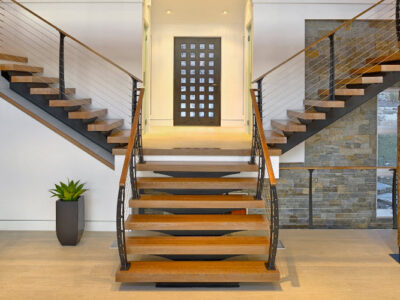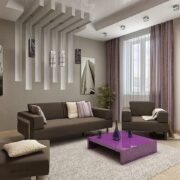
Installing the skirting board can be challenging as it involves so many different complexities, which is why it is a rewarding project. Once you add the board, then, it will add an elegant touch to the interior.
One will have to face many hurdles while installing, which can happen when you have to install skirting over skirting when there are uneven walls, and a lot more. In this guide, you will learn about some challenges and their solutions.
Challenges You Might Face
· Uneven Walls
Dealing with uneven walls during installation is one of the main difficulties. Gaps between the skirting board & the wall may result from unevenly shaped walls. To address this, start by measuring and marking the appropriate skirting board height on each wall. Then, look for any differences using a spirit level. If there are any uneven spots, gently curve the skirting board to follow the wall lines using a coping saw or scribe tool.
· Tricky Corners
Installing skirting boards can be particularly difficult around internal and external corners. The skirting boards must be cut at the proper angles to produce a smooth finish. Use a miter saw to cut two pieces at a 45-degree angle for internal corners, ensuring they meet cleanly at the corner.
A different strategy is necessary for external corners. As before, cut the first skirting board at a 45-degree angle. However, measure the corner’s angle for the second piece and cut accordingly. Remember to provide a tiny space for expansion and contraction.
· Mitigating Gaps and Shrinkage
Even skirting boards made of wood might slightly contract over time, leaving ugly gaps between the boards and the wall. Let the skirting boards acclimate in the room where they will be installed for a few days before installing them to reduce this problem.
This enables the boards to adapt to the environment’s humidity and temperature. To account for potential shrinkage, it is also advised to provide a modest expansion gap at regular intervals throughout the length of the skirting board.
· Securing the Skirting Boards
If you want to achieve long-lasting effects, ensuring the skirting boards are firmly fastened to the wall is crucial. It is advised to employ a combination of adhesive and mechanical fixes, such as screws or nails, for extra rigidity, even if glue alone may be sufficient in some circumstances.
Even if you want to install skirting over skirting, that will be a professional’s work, and one must be careful while doing so. Use wood filler to cover the holes after countersinking the screws or nails beneath the surface for a professional finish.
· Finishing Touches
Focusing on the final touches after installing the skirting boards is important. Use a suitable filler to close any holes, cracks, or gaps, then sand the surface to a smooth finish. Once the skirting boards are ready, you may paint or stain them with your chosen color scheme to create a unified appearance that enhances the area’s aesthetics.
Conclusion
Even though installing chamfered skirting boards can be difficult, it can be done with careful preparation and execution. Installing chamfered skirting boards can make any room look fashionable and sophisticated with a little time and the correct equipment.











